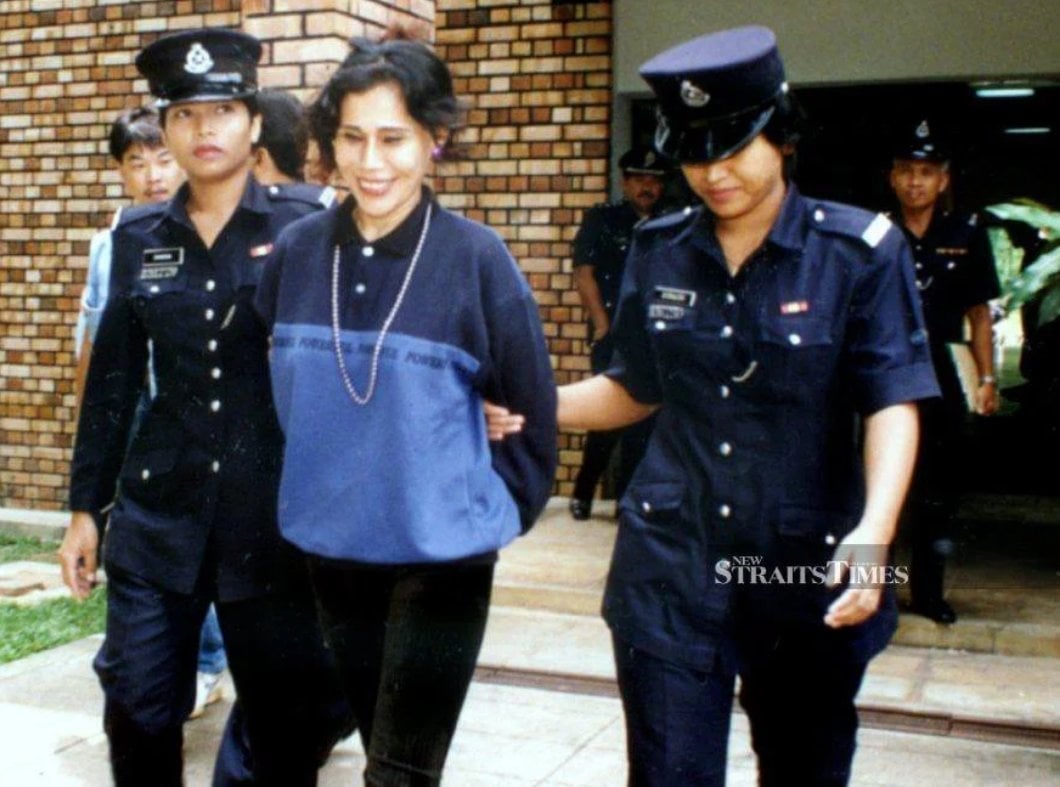
Ever since she was a little girl, Malaysian-born, Nur Maznah Ismail dreamed of the glitz and glamour of fame and celebrity. She hoped to be a singer and dancer. A star of some sort. Any sort. As long as people knew her name.
She took up water ballet and tried in vain to pursue her dreams, marrying and divorcing twice along the way. Then she met her third husband, Mohammad Nor Affandi Abdul Rahman. He was her biggest fan, he said, and supported her dreams of becoming a superstar.
Ismail changed her name to Mona Fandey, and in 1987, released her debut album, Diana. Rahman funded the entire project.
Watch: Mona Fandey performing. Post continues below.
Despite a few television appearances, Fandey's music career didn't go anywhere. But she didn't want to let her low-level fame to go waste, so she pivoted - to witchcraft.
It worked. Fandey's new business attracted multiple high-profile customers. She became known locally as a notorious shaman, dubbed "bomoh".
For a hefty price, Fandey offered her witchcraft services to all sorts. Politicians seeking further success were offered religious talismans and lucky charms, along with potential rewards that seemed too good to resist.
With most bomoh's being middle-aged men, Fandey had a unique advantage, becoming the go-to for the wealthy, enabling her to fund a luxurious and lavish lifestyle.

